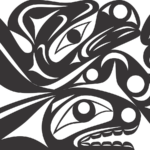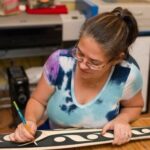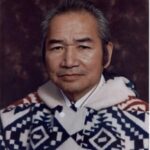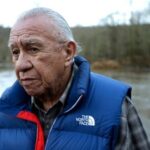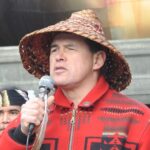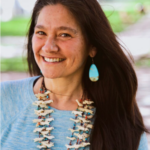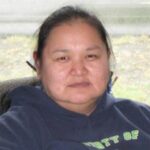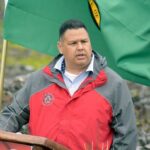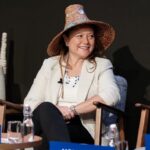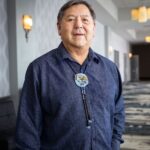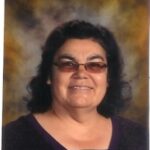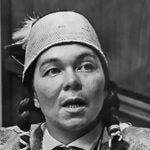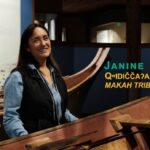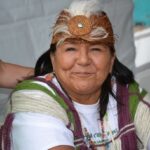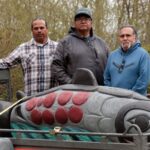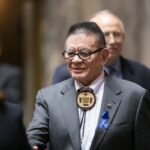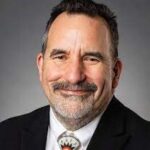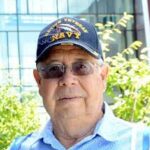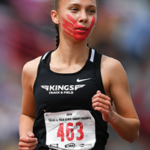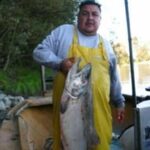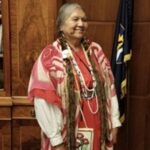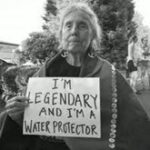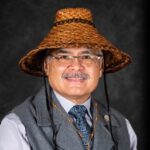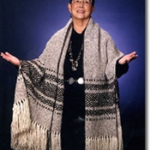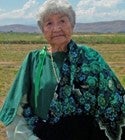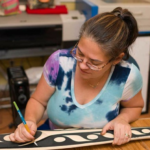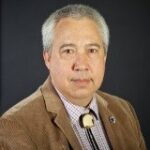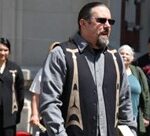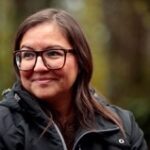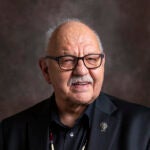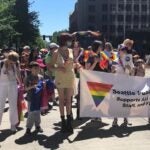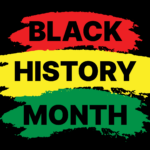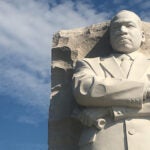American Indian Resource Library Webinars
Discover high interest, relevant books about and by Native Americans. Listen to librarian Rachel Kresl’s recommend select titles from our American Indian Resource Library. Class sets of several titles are available for loan.
Videos
I Am Native (7:38 minutes) is a short film showcasing Seattle Public Schools’ Native high school students and staff sharing their stories, hopes, and dreams for their future.
Interconnected: The Effect of Climate Change on Indigenous Nations (13:39 minutes) is a film produced by Nathan Hale High School graduate (2020) Rosie Port and her brother Gabe. Rosie created and beautifully produced this powerful film for her Hale Senior Action Project. It is an important piece of student work about issues facing Indigenous culture and what individuals can do to reduce their environmental impact.
Grandmother Song – Nîpisîy Enjoy this video ofGrandmother Song – Nîpisîy by Leo McGilvery in the spirit of happiness, health and healing! (3:30-minute video) Performed by Sherryl Sewepagaham, Debbie Houle, Donita Large and Cindy Paul.
Cree lyrics:
Âsaweyminan nimâmâ
Bless us my mother.
Kanaweyminan nimâmâ
Be with us my mother.
PBS Circle of Stories
Rethinking Thanksgiving Celebrations
Rethinking Thanksgiving Celebrations: Native American Perspectives on Thanksgiving
Native Knowledge 360°, the educational program from the Smithsonian’s National Museum of the American Indian (NMAI), provides suggestions for culturally sensitive activities and resources for all grades, including:
- Read and discuss theHaudenosaunee Thanksgiving Address with your students.Use the NMAI’s resourceHarvest Ceremony: Beyond the Thanksgiving Myth to learn about the true history behind the historic event.See the NMAI teaching posterAmerican Indian Perspectives on Thanksgiving.See the website for Plimoth Patuxet for activities about what really happened at the famous 1621 celebration.
20 Native American Women to Know
To celebrate Native American Heritage Month, the YWCA of Minneapolis is “uplifting the wisdom and work of Native American women, stewards and leaders from our earliest history to now. Read about 20 Native women whose leadership, innovation and creativity have made and continue to make vast contributions to our history.”
Northwest Native American Lives
Excerpt from Native American Lives article from HistoryLink.org, November 12, 2020 ″November is Native American Heritage Month, and this week HistoryLink looks at back at some notable Northwest Indians from throughout Washington’s history.
We begin with a few tribal leaders from the 1800s— Chief Joseph, a leader of the Wallowa band of the Nez Perce Tribe (seen above with his family); Chief Kamiakin of the Yakama Tribe; Chief Moses of the Columbia band of Indians; Chief Seattle— si?al in his native Lushootseed language—of the Duwamish and Suquamish tribes; Chief Spokane Garry of the Spokane Tribe; and Chief Leschi and Chief Quiemuth of the Nisqually Tribe.”
Browse HistoryLink.org Washington State tribal history resources to learn more about notable Northwest Native Americans.
Articles
Lesson Suggestions :
- Create breakout rooms and assign articles to smaller groups to then share with the class.
- Central question: Name the tribe(s) featured in this article and explain the central message of the article.How are their actions helping all of us?
Lead an “A-Ha!” Group read, and popcorn student responses that begin with “I never knew that…”
Northwest Treaty Tribes Magazine: Protecting Natural Resources for Everyone
Northwest Treaty Tribes Magazine is a publication of the Northwest Indian Fisheries Commission. Access the magazine’s Fall 2020 Issue (PDF) from the Northwest Treaty Tribes website, which has many more articles in past issues. Suggested reading for the Fall 2020 issue:
- p. 2:COVID Impacts Tribal Traditions,Natural Resources Managementp. 3:Salmon Now Free to Swim Upstream (Treaty Rights)p. 4:Lummi Fishes Whatcom Creek for First Time in a Century (Treaty Rights)p. 7:Juvenile Sea Cucumbers at Home in FLUPSY (Marine Science)p. 8:Aggressive Milfoil Spoils Elwha Estuary (Environmental Science)p. 8 :Motion-Sensor Cameras Spot Wildlife (Wildlife Management Science)p. 13:Golf Club Hill Culvert Removed (Habitat Restoration)p. 14:Fishing Area Protected with Restoration WorkandTool Predicts Changes to Shorelines, Water Temperatures (Climate Change)p. 15:Salmon Habitat Restoration Completed in Nooksack River (Fisheries Management)
Lesson Ideas
Frank Waln, Lakota Hip Hop Artist, on History, Stereotypes & Indigenous Peoples’ Day
Video Interview:Frank Waln Talks Native History, New Single and Seventh Generation Prophecy. Frank Waln, a Lakota activist and Hip Hop artist from the Sicangu Sioux Rosebud Reservation in South Dakota. In the interview, Waln talks about omitted and inaccurate Native history, tradition, Indigenous Peoples’ Day, the 7th Generation and how all of us are connected.This is a great lesson for middle and high school!
Suggestions:
- Watch the interview, then listen toWhat Made the Red Man Red, followed by7.Study the lyrics of7.Have an open conversation about the topics and issues Waln raises.Write a response to what you learn and feel.Extended response/discussion post: “Why do you think Frank Waln cries at the end of his song7? Please provide at least two reasons and evidence from the video to support your response.”Also listen toWhat Made the Red Man Red? and study the lyrics.
Teacher Resource
Five Critical Orientations to Support Indigenous Studies Curriculum Handout (PDF)
Looking for More Resources?
For more curriculum and continuous learning ideas, visit Seattle Public Schools’ Native American Education Program webpages: (Washington State Tribal History Curriculum & Continuous Learning Resources) American Indian Resource Library Native American Education Program
